Is Japan’s cheapest SIM-free phone plan actually usable? Testing Irumo on all Tokyo Metro lines

We get to the bottom of the low-cost, SIM-free service plan by heading to the deepest points of the public transportation network.
We bought a whole bunch of fukubukuro/lucky bags this New Year’s season, but one of the best, in the eyes of our Japanese-language reporter Seiji Nakazawa, was one from the Akihabara branch of electronics store Bic Camera. That’s because it came with a SIM-free smartphone.
The timing couldn’t have been better, because Seiji was already looking to replace his aging iPhone. Of course, getting a SIM-free phone means you’ve got to pick a carrier, and that’s where things got complicated.
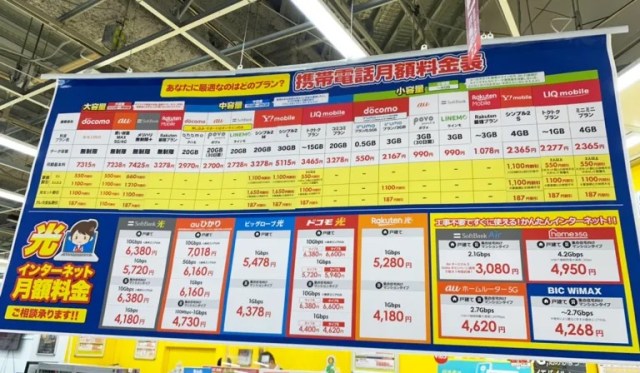
That’s a typical sort of sign you’ll see hanging in the phone corners of electronic shops in Japan, showing all the various carriers, plans, and options. As you can see, there are a lot of options, but Seiji narrowed things down by asking about what are known in Japan as kakiyasu carriers. Kakiyasu means “cheap” or “budget,” and kakiyasu carriers offer deep discounts compared to the more famous big-name competitors like DoCoMo, au, and SoftBank.
So just how cheap can kakiyasu carriers get? When Seiji asked the staff at Bic Camera what the lowest-priced plan was, they directed him to Irumo, a kakiyasu carrier that’s actually a subsidiary of DoCoMo and whose service plans start at just 550 yen (US$3.80) a month!

Now, as you might expect, there are some compromises that go along with a bargain of this magnitude. For starters, that 550 yen only gets you 0.5 GB of data per month. Users of the 550-yen plan are also the first ones to get throttled back if the network is crowded, and the plan only allows for 4G connection, not 5G.
However, if you’re going to be doing most of your heavy web-surfing and/or video streaming at home, school, or somewhere else where you’ve got Wi-Fi, 0.5 GB may not be a deal-breaker. Likewise, if you’re out and about at somewhat off-peak times, say if you’re a newly arrived-in-Japan English teacher looking to stretch your budget with a less expensive phone plan, networking crowding might not be an issue either.
What did have Seiji worried, though, was one electronics store employee who said that they were an Irumo user, and that while they had no problems using it above ground, underground their phone lost its signal frequently enough to be unusable. If you’re living in Tokyo, or many other large cities in Japan, for that matter, you’re probably going to be spending a lot of time below ground while riding the subway, so this would be a major problem.
▼ Downtown Tokyo has a lot of subway lines
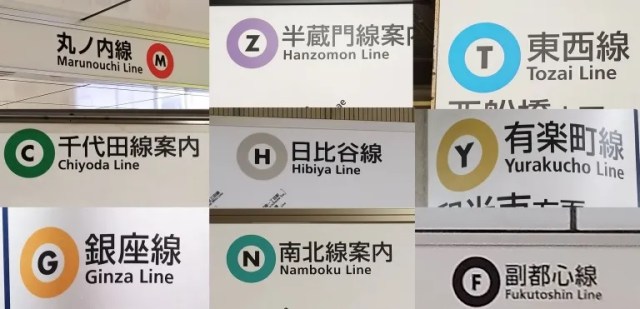
Rather than take the phone plan salesman’s word for it, though, Seiji decided to test our Irumo’s underground capabilities for himself, and so he signed up for the 0.5-GB plan. Firing up his phone, he made his way to Shinjuku Sanchome Station, the closest stop to SoraNews24 HQ, and braced himself for his phone to spit an “out of service area” error message at him as soon as he stepped down into the station entrance stairway.

But it did not. Instead, the signal indicator continued to show full strength, even after he got all the way down to the Marunouchi Line platform and boarded the train.
OK, so maybe he’d run into problems while the train was in the tunnel between stations? Nope!
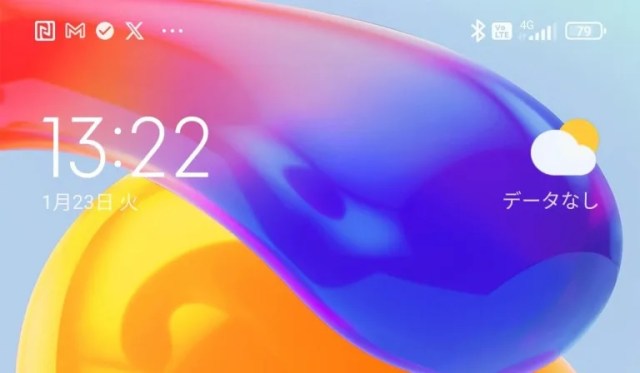
The worst things got was a small dip, from five bars to four, but his phone kept its signal connection the whole way.
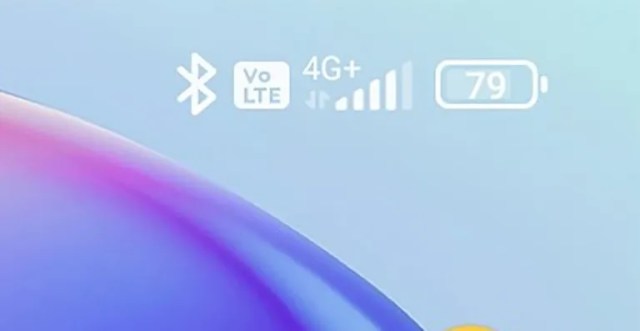
He did have some hiccups trying to open up websites in his browser, but everything else worked just fine, and he was able to both receive and send messages through his messaging apps.

Honestly, Seiji had expected his phone to lose signal right away, leaving him free to head back to the office and whip out a quick “This phone stinks!” review. With his phone now performing better than he’d expected, he figured more testing was in order, so he decided to keep going and check all nine of the Tokyo Metro subway lines to see when and where he’d lose signal…except he never did.
▼ Hanzomon Line (tunnel and station check)?
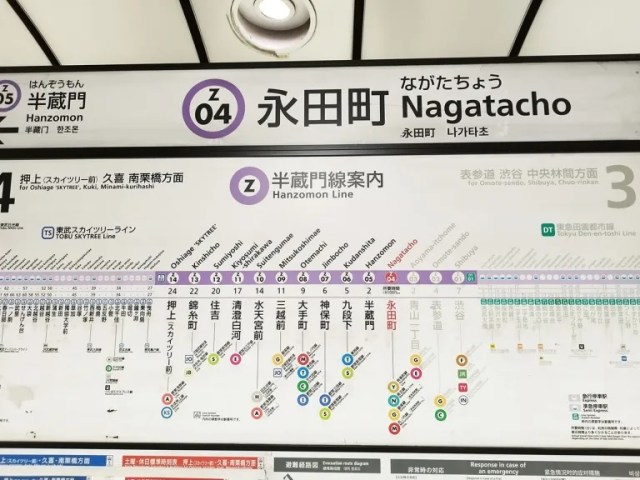
▼ Signal
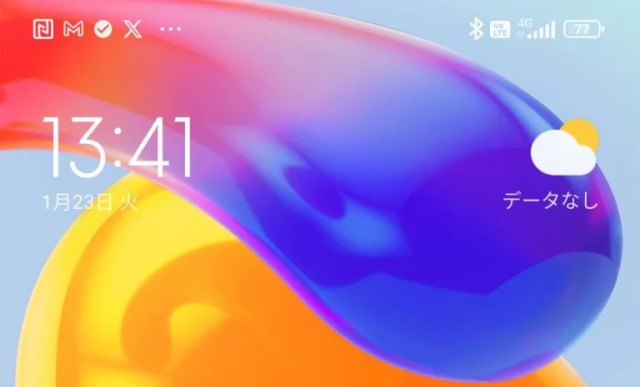
▼ Chiyoda Line?
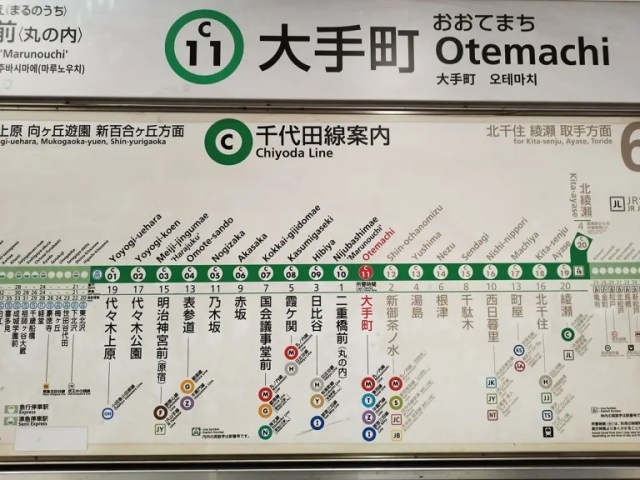
▼ Signal – and somehow even a 5G connection?!?

Ginza, Hibiya, Tozai, Yurakucho, Namboku, and Fukutoshin Lines? Singal, signal, signal, signal, signal, and, you guessed it, signal. The closest he got to losing signal entirely came in one brief spot between Ginza and Higashi Ginza on the Hibiya Line, when his display showed zero bars of connection.
▼ This actually means that there still is a connection, though a weak one, since having no signal at all should cause an “out of service area” (圏外) notice to appear instead.
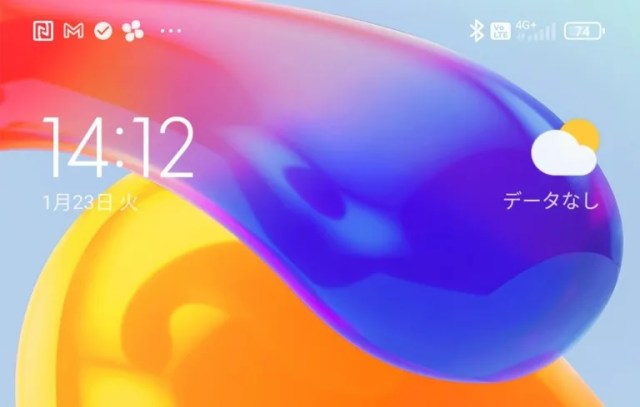
Ginza seemed to be the trickiest spot for Irumo to connect to the network at, but Seiji still had two bars of signal strength within Ginza Station itself.
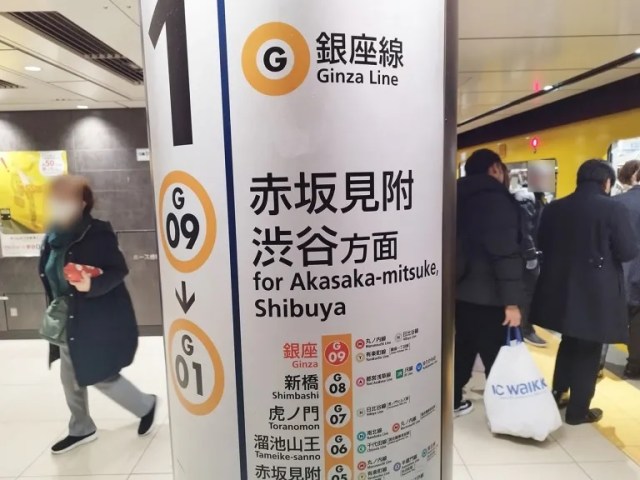
So in the end, Seiji had no real problems whatsoever getting a signal for his Irumo phone underground, and it’s been working just fine up on the surface too. Again, it’s nothing fancy, but if you’re a light user who wants to put more of your money towards things other than your phone bill while you’re in Japan, it seems like a SIM-free phone and Irumo is a genuinely viable option.
Photos ©SoraNews24
● Want to hear about SoraNews24’s latest articles as soon as they’re published? Follow us on Facebook and Twitter!
Credit:

0 comments:
Post a Comment